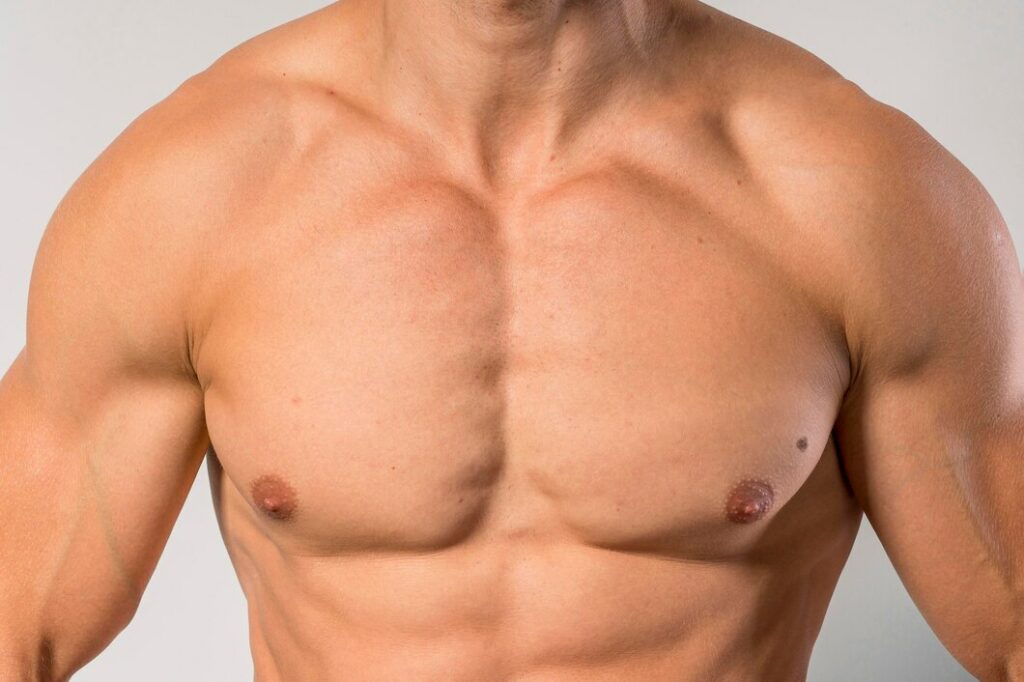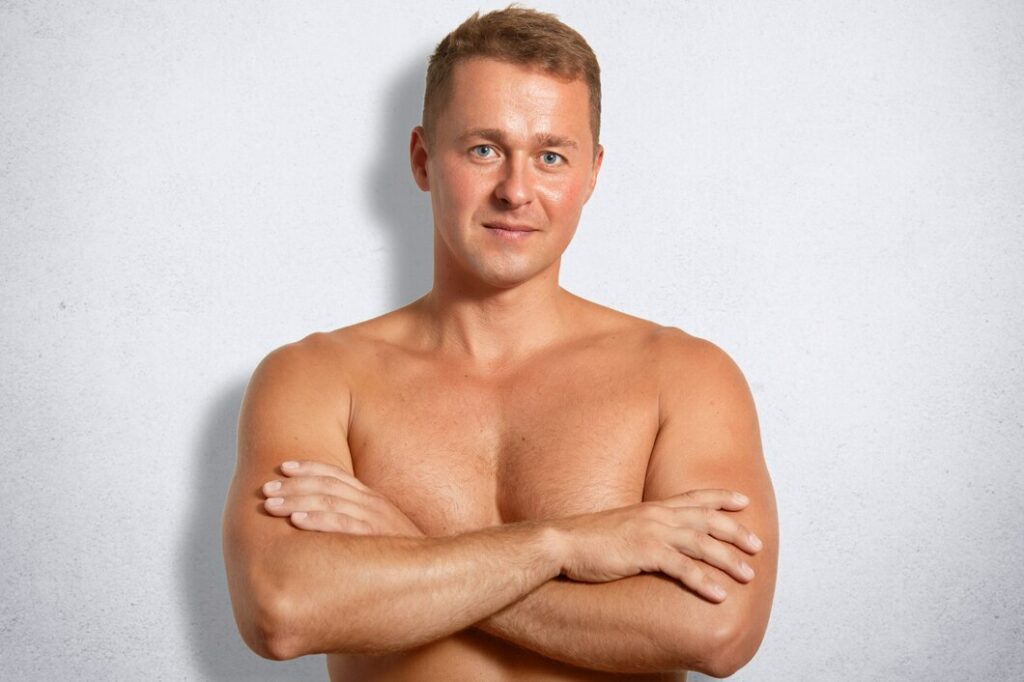If you’re researching gynecomastia, you’ve likely seen countless surgical solutions. But is going under the knife the only answer? The short answer is: it depends on the cause and composition of your condition. Let’s explore the non-surgical options and their limitations.
When Non-Surgical Options Might Work:
For Pseudogynecomastia (Fat-Only): A dedicated regimen of diet and exercise can significantly reduce chest size by lowering overall body fat. Targeted chest exercises can build pectoral muscle, which may improve the chest’s appearance.
For Early-Stage or Puberty-Induced Cases: If the glandular tissue is soft and the condition is recent (less than a year), sometimes treating the underlying cause—like changing a medication or addressing a health issue—can lead to improvement. In some cases, a doctor may prescribe medications that adjust hormone levels.
The Hard Truth About Firm, Glandular Tissue:
If you have true gynecomastia (palpable, firm glandular tissue), non-surgical methods have significant limitations. No amount of diet, exercise, or coolsculpting can remove this fibrous glandular tissue. It is unresponsive to fat-reduction methods.
So, What Are Your Options?
Liposuction: Minimally invasive, but only effective for fat. It will not remove the gland.
Surgical Excision: The only proven method to permanently remove the glandular tissue responsible for true gynecomastia.
Conclusion:
While a healthy lifestyle is beneficial for everyone, it’s crucial to have realistic expectations. A consultation with a qualified professional is essential to diagnose the type of gynecomastia you have and determine if a non-surgical approach could help, or if surgery is the most effective and permanent solution.





